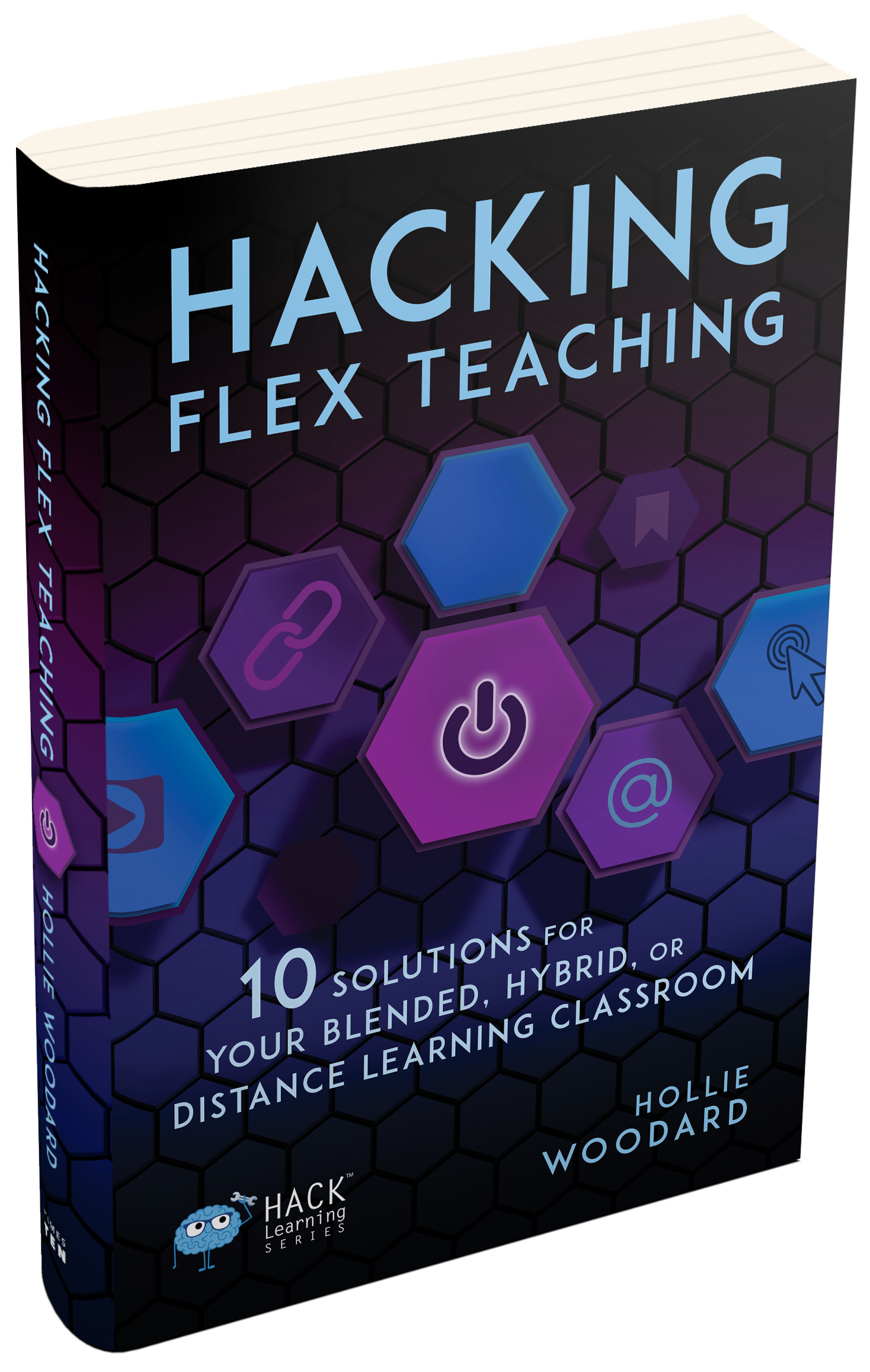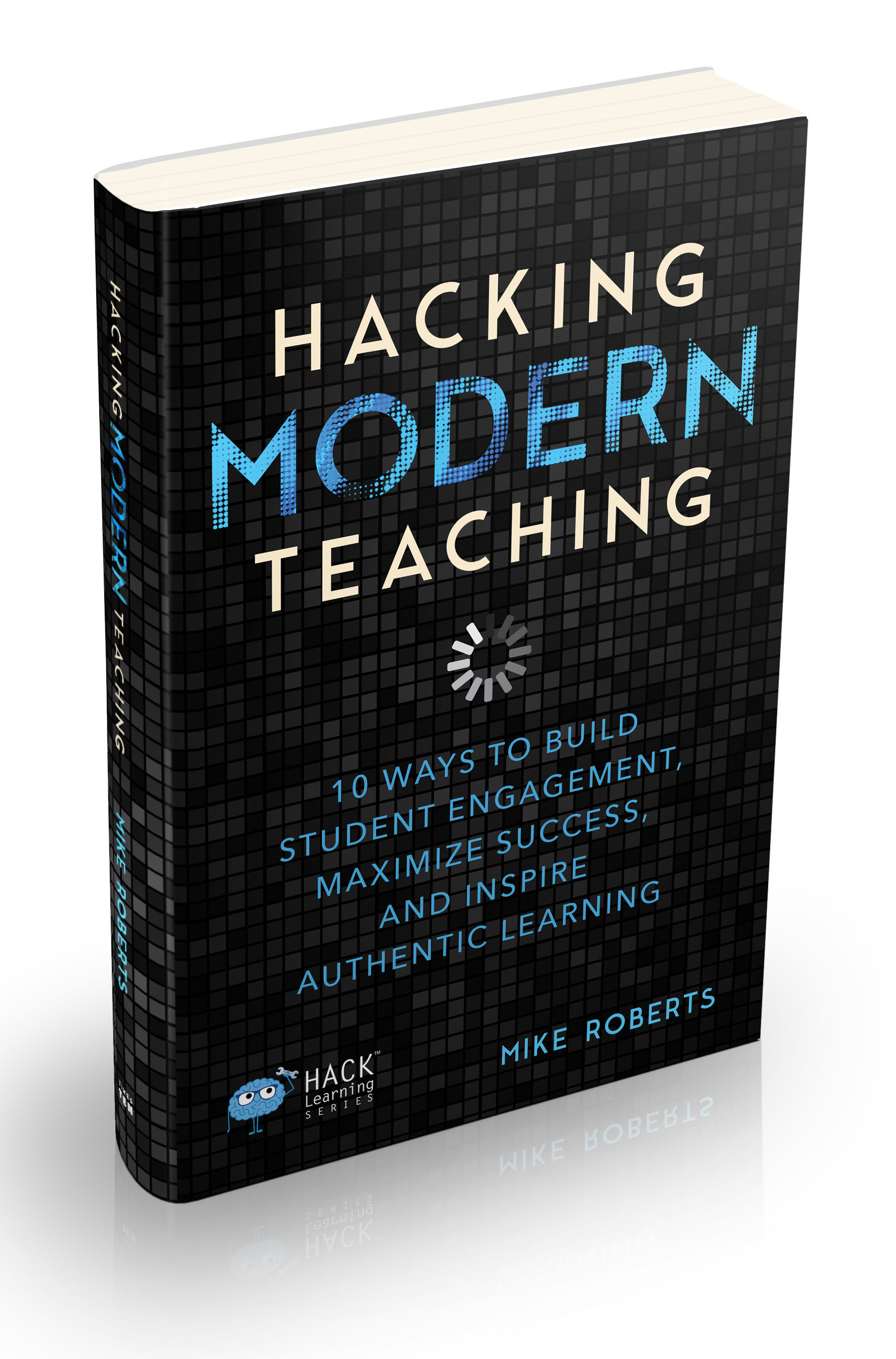Education Has Changed And We Are Here for It
Aug 31, 2023
The COVID-19 pandemic has had a significant impact on education and we are still recovering from its affects. The way our students learn and interact, teaching practices, and classroom management strategies have all changed dramatically in just the past three years–for the better.
We learned so much about students when we went virtual and hybrid, and we made positive changes that our students benefited from. Educators need to continue utilizing modern teaching strategies and embrace the ways education has changed.
Adapt to Students' Needs
- Technology Integration: We are in the age of educational technology and we aren't leaving it any time soon, especially due to the heavy focus on technology usage during the pandemic. For students to succeed, they need differentiation in the way they learn and that means utilizing technology in the classroom.
- Grueling researching has become a thing of the past now that students have access to their own devices in the classroom. Finding information, writing papers, making graphs, and citations are easier than ever thanks to students having their own personal device. This convenience has made the research process easier for both teachers and students.
- Interactive learning platforms provide interactive lessons, quizzes, and simulations that make learning engaging and dynamic. During a lesson every student can be engaged as the tools are right there at their fingertips. Gone are the days of the kids in the front getting the most action.
- Technology enables students to collaborate on projects and assignments remotely. These tools facilitate real-time collaboration, allowing students to work together regardless of their physical locations. Teachers can also supervise this work with their own device making classroom management much easier
- Differentiated Learning: The diverse learning needs, interests, and readiness levels of students are more evident than ever now and to be effective modern teachers we need to embrace that. When we differentiate our instruction we get to know students better and help them achieve more than they could have imagined.
- Differentiation allows educators to tailor instruction to each student's strengths, challenges, and interests. Personalizing learning will teach students to love school again and be engaged in learning.
- Customizing learning experiences based on students' interests and learning styles can boost motivation and engagement. Students are more likely to be active participants in their education when they feel a connection to the material. After a stagnant few years, this is everything educators have wanted.
- Choice: A lingering problem since even before the pandemic is the lack of student engagement. Incorporating choice into education does not mean giving up structure or curriculum entirely; rather, it's about finding a balance between guiding students toward essential learning objectives while also allowing room for their interests and preferences.
- When students have a say in what they learn, they become more invested and engaged in their studies. The ability to choose topics that interest them makes learning more relevant and enjoyable. Students will take ownership of their learning and instead of waiting for teacher guidance, students will strive to learn themselves.
Teachers Need to Change Too
- Teach Students Not Content: In a traditional classroom, teachers lecture and give students practice. In this type of classroom, teachers are just sharing content and not really teaching students how to master it. As our students continue to change, we need to change the way we teach.
- Involve students in decision-making processes related to classroom activities, projects, and even aspects of the curriculum, and design lessons that encourage students to ask questions, explore topics, and discover answers on their own. This way students know what they are going to be learning and can explore content on their own.
- Show how the material is relevant to students' lives and explain how concepts can be applied in real-world situations. When students can utilize their learning outside of the classroom, they are showing mastery.
- Utilize Formative Assessment: Keeping students motivated to learn was always a challenge, but after the pandemic that drive to learn is at an all time low. Grading doesn't motivate students; it simply coaxes them to compare themselves to their peers and discourages them. To keep students motivated focus on the process and use feedback-based assessment.
- Incorporate peer assessments where students review and provide feedback on each other's work. This not only takes the grading pressure off you, the teacher, but empowers students to understand their mistakes
- Have one-one conferences with students to determine mastery. Have students provide evidence as to why they think they have succeeded in meeting a learning target and provide feedback to them. Having students involved in the process allows for a deeper understanding of the content.
- Personalized Learning: As we grow as teachers, we learn that students need different things to succeed. Personalizing learning is the best for every individual in your class to succeed.
- Instead of every student striving to achieve the same things, have students create personal learning goals that center on mastering a new concept or skill at their level. Collaborate with students to set individual learning goals that align with their strengths and aspirations.
- Teach students to assess their own learning by reflecting on their progress, strengths, and areas for improvement. Give students the power to understand their limitations and overcome them.
- Utilize project-based learning and peer collaboration so students can explore their interests, apply knowledge, and showcase creativity while addressing specific learning objectives. Connect these projects to real world problems and have students apply their skills.
These changes will alter the way your classroom runs for the better. Here are some key ideas that will keep your classroom management in tip-top shape.
- Emphasis on Social-Emotional Learning: The pandemic has highlighted the importance of students' emotional well-being. Classroom management now often involves fostering a supportive and empathetic environment to help students cope with stress and uncertainty.
- Communication and Feedback: Effective communication with students and their families has become even more crucial. Teachers are using various channels to provide updates, assignments, and feedback to ensure everyone is on the same page.
While the pandemic has brought about many challenges, it has also accelerated the integration of technology and innovative teaching practices. The pandemic is behind us now and education as evolved for the better. Continue to embrace these modern teacher strategies and watch as your students learn to love learning.







